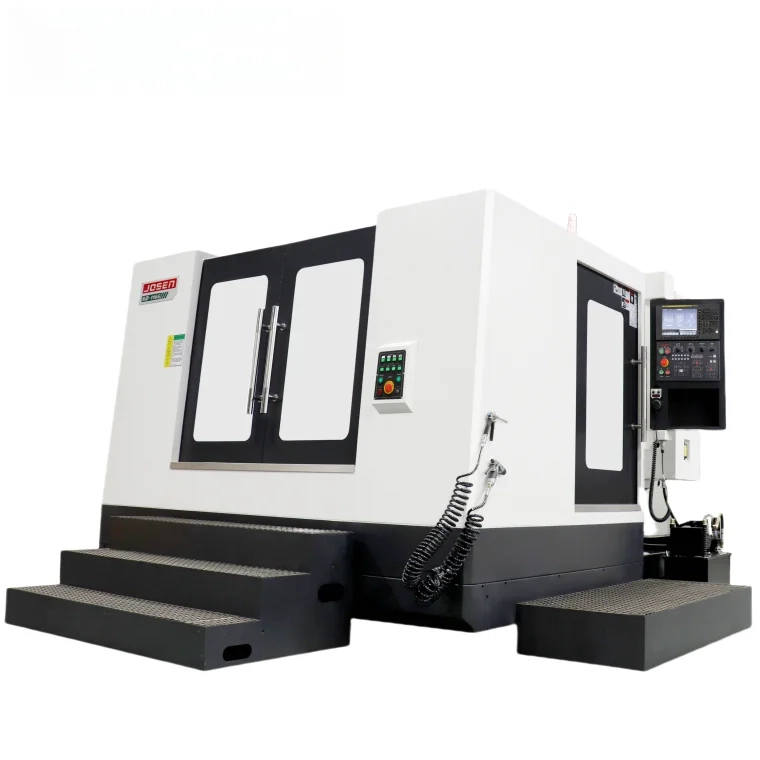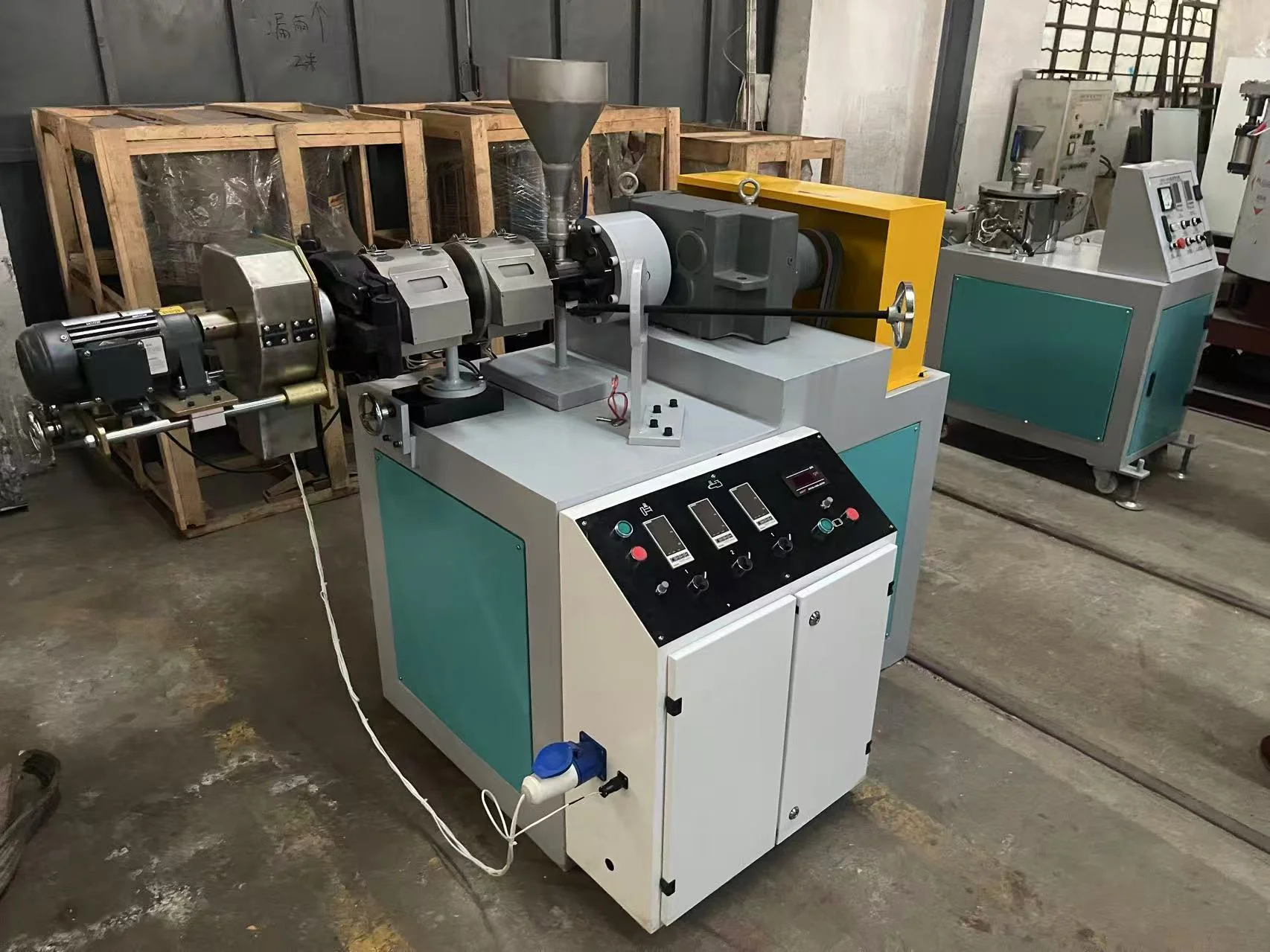Understanding Mechanical Fuel Pumps: How Much PSI Do They Really Produce?
When it comes to the intricate world of automotive engineering, the mechanical fuel pump plays a pivotal role in ensuring optimal engine performance. For enthusiasts and professionals alike, understanding the pressure output of these pumps—measured in pounds per square inch (PSI)—is crucial for diagnosing fuel delivery issues and optimizing engine efficiency. In this article, we will delve into the specifics of mechanical fuel pumps, exploring their operational parameters, typical PSI outputs, and the implications of these figures on vehicle performance.
The Role of Mechanical Fuel Pumps
Mechanical fuel pumps are typically found in older vehicles and some small engines. They operate using a diaphragm mechanism, which is driven by the engine's camshaft. As the engine runs, the camshaft's motion creates a vacuum that draws fuel from the tank into the pump. This fuel is then pressurized and delivered to the carburetor or fuel injection system. Unlike their electric counterparts, mechanical pumps are generally simpler in design and are often more reliable in certain applications.
Typical PSI Output of Mechanical Fuel Pumps
The PSI output of a mechanical fuel pump can vary significantly based on the specific application and design of the pump. Generally, most mechanical fuel pumps produce between 4 to 7 PSI. This range is typically sufficient for carbureted engines, which require lower fuel pressure for optimal operation.
For instance, a classic muscle car with a carburetor may operate effectively with a mechanical fuel pump that outputs around 5 PSI. Conversely, high-performance applications or vehicles equipped with fuel injection systems may require pumps that can deliver higher pressures, often necessitating the use of electric pumps or specialized mechanical designs that can achieve outputs closer to 10 PSI or more.
Factors Influencing PSI Output
Several factors can influence the PSI output of a mechanical fuel pump:
- Engine Speed: The output pressure can vary with engine RPM. As the engine speed increases, the pump may produce higher pressure due to increased diaphragm movement.
- Fuel Temperature: Warmer fuel can affect the viscosity, which in turn can influence the pump's ability to maintain consistent pressure.
- Fuel Line Restrictions: Any restrictions or blockages in the fuel line can lead to pressure drops, affecting the overall performance of the pump.
- Pump Wear and Tear: Over time, mechanical pumps can wear out, leading to decreased efficiency and lower PSI outputs. Regular maintenance and timely replacements are essential to ensure optimal performance.
Implications of PSI on Engine Performance
Understanding the PSI output of a mechanical fuel pump is not just a matter of technical curiosity; it has real-world implications for engine performance. Insufficient fuel pressure can lead to a lean fuel mixture, resulting in poor engine performance, misfires, and potential engine damage. Conversely, excessive pressure can flood the engine, causing rich mixtures that can lead to carbon buildup and other issues.
For those looking to modify their vehicles for enhanced performance, it is crucial to select a fuel pump that matches the engine's requirements. Upgrading to a higher PSI pump without considering the engine's specifications can lead to detrimental effects on performance and reliability.
Conclusion
In summary, the PSI output of a mechanical fuel pump is a critical parameter that affects engine performance and efficiency. While most mechanical pumps typically produce between 4 to 7 PSI, understanding the specific requirements of your engine and the factors that influence pump performance is essential for maintaining optimal operation. Whether you are a seasoned mechanic or a car enthusiast, having a solid grasp of how much PSI a mechanical fuel pump puts out will empower you to make informed decisions regarding fuel delivery systems and engine modifications.


